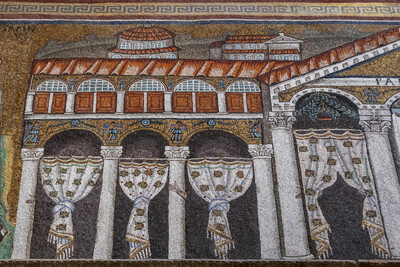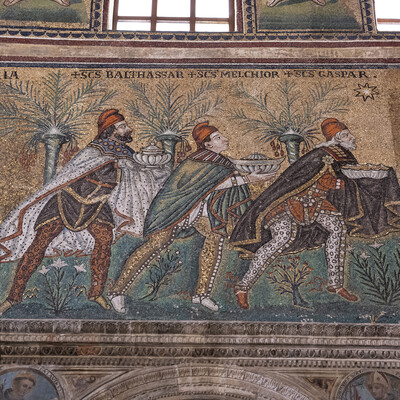Ravenna – Mosaic
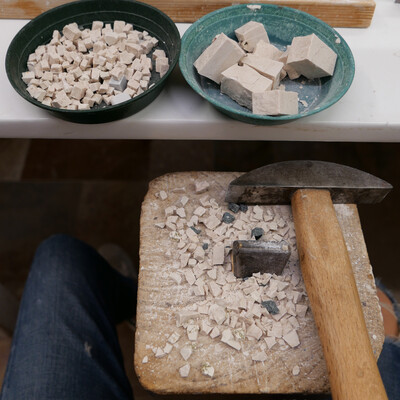
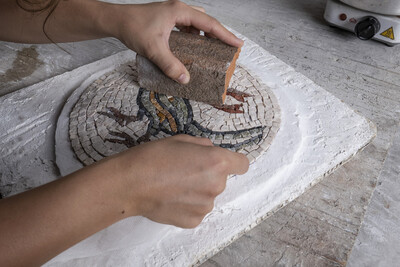
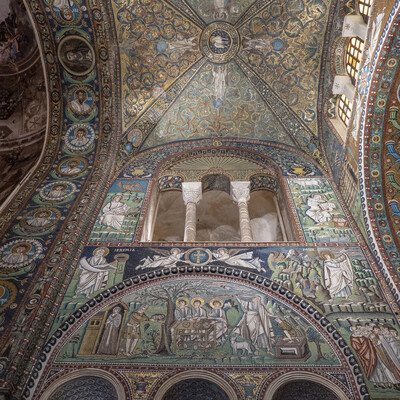
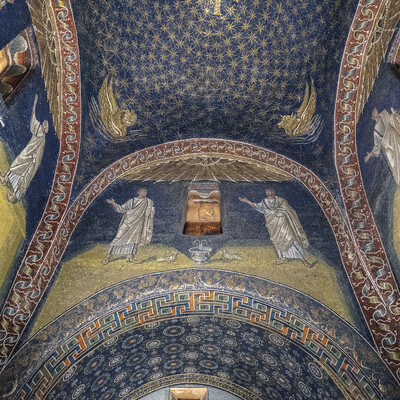
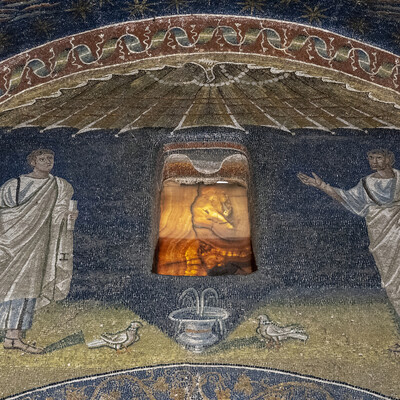
Ravenna is a city of mosaics, many dating back to the Roman and Byzantine times in the 5th to 6th centuries. There is a unique concentration of old and new mosaics in this city, which I soaked in during the stay as part of my journey. Historically, the city once was the centre of commercial trade, linking Italy to Africa and to the Eastern Roman Empire. I spent an intense week learning how to make mosaics using old Roman techniques that have been used 1500 years ago, cutting stone into tiny pieces of stone (tesserae) with a hammer on a hardie. The tradition is still very much alive.
Mosaics were created as a means of story-telling for those rich and powerful enough to tell stories. The mosaics of the Palace of Theoderic in San Apollinare Nuovo originally depicted Theodoric sitting on a horse, with members of his court. After his death, in 526AD, these figures were covered with other images by invaders. Mosaics were commonly altered or repurposed in these ways.
Originally, Roman slaves cut the stones, working under poor conditions. A large wall piece could take more than ten years to finish. Even after making one small piece, I came out with a different sense of time.
